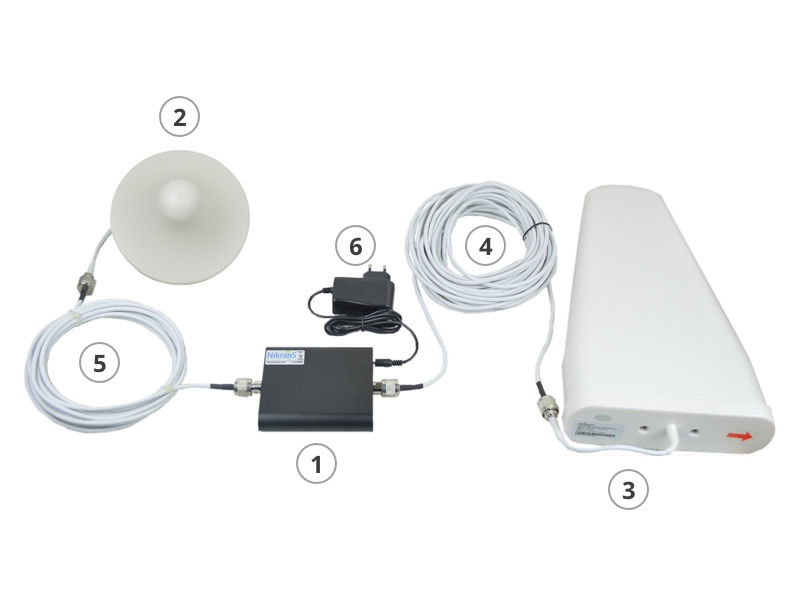In today’s hyper connected world, a strong and reliable cellular signal is no longer a luxury but a necessity. Whether you’re working from home, staying in touch with loved ones, or simply enjoying a seamless online experience, weak or fluctuating signal can bring your day to a screeching halt. Fortunately, signal boosters have emerged as lifesavers, amplifying weak signals and providing much-needed coverage in areas where traditional methods fall short.
Understanding Signal Boosters: The Science Behind the Boost
Signal boosters, also known as cell phone signal amplifiers, work by capturing weak cellular signals from nearby cell towers, amplifying them, and then rebroadcasting them within a specified area. This amplified signal enhances your device’s reception, improving call quality, data speeds, and overall connectivity.
Choosing the Right Booster: Factors to Consider
When selecting a signal booster, several crucial factors need to be considered to ensure optimal performance and compatibility with your needs.
1. Coverage Area:
The coverage area determines the extent to which the booster can amplify the signal. For smaller spaces like individual rooms or apartments, a low-power booster with a coverage area of 1000 to 2000 square feet may suffice. For larger homes or offices, a more powerful booster with a coverage area of 5000 square feet or more is recommended.
2. Signal Strength:
The strength of the external signal from the nearest cell tower plays a significant role in the booster’s effectiveness. In areas with weak external signals, a high-gain booster is essential to amplify the signal sufficiently.
3. Compatibility:
Signal boosters are designed to work with specific cellular network technologies, such as 2G, 3G, 4G LTE, or the latest 5G. Ensure the booster you choose is compatible with the frequencies used by your mobile network provider.
4. Carrier Compatibility:
While some signal boosters are carrier-agnostic, meaning they work with multiple networks, others are designed for specific carriers like Jio, Airtel, or Vodafone. Verify that the booster is compatible with your carrier’s network.
5. Installation Requirements:
Consider the installation process and the availability of mounting options. Some boosters require professional installation, while others can be mounted DIY-style.
6. Additional Features:
Some signal boosters offer additional features, such as dual-band support, multiple user capacity, and noise reduction technology. Evaluate these features based on your specific needs and preferences.
Exploring Popular Signal Boosters:
Several reputable brands offer high-quality signal boosters catering to various needs and budgets. Here are a few popular options:
- We Boost Home 4G: A powerful booster covering up to 5000 square feet, compatible with major carriers and multiple devices.
- Sure Call Fusion2Go: A portable booster with a coverage area of 2000 square feet, ideal for homes, offices, or vehicles.
- Wilson Electronics We Boost Drive Reach: A vehicle-specific booster providing coverage up to 30 feet, suitable for travelers and outdoor enthusiasts.
Jio 5G Booster and Airtel 5G Booster: Embracing the Future
With the advent of 5G technology, signal boosters are evolving to support these next-generation networks. The Jio 5G Booster and Airtel 5G Booster are specifically designed to amplify 5G signals, ensuring users can enjoy the ultra-fast speeds and enhanced connectivity of 5G.




